First time I tried learning Ruby was 2 years ago, now I have started again. The reason I stopped was because I could not understand the Symbol class. And now I am at the same point again, completely lost in when and why you use Symbols. I have read the other posts on Stackoverflow as well as Googled for several explanations. But I do not understand it yet.
First I thought symbols was just a way to create some sort of "named constant" without having to go through the same process as in let say Java.
:all
instead of making a constant with an arbitrary value public static final String ALL = 8;
However it does not make much sense when you use it in e.g. attr_accessor :first_name etc.
Are Symbols just a lightweight String class? I am having problems understanding how I should interpret, when and how to use symbols both in my own classes and in frameworks.
